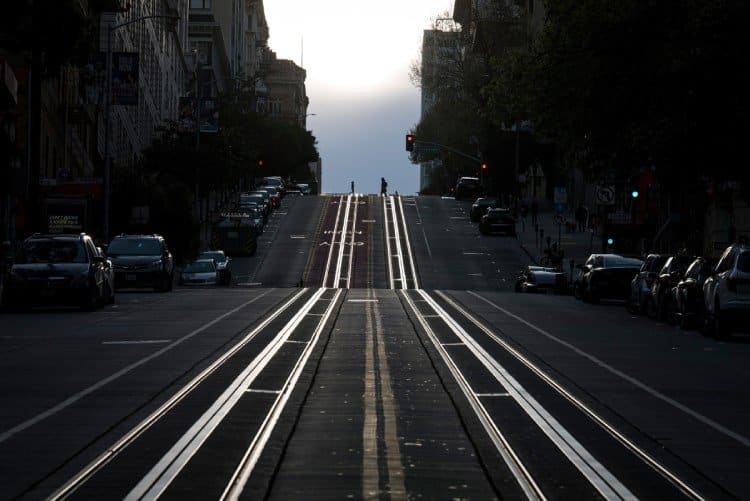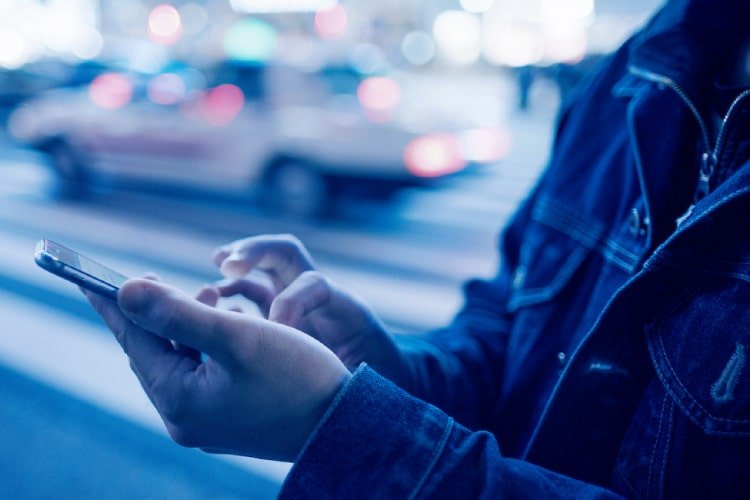In our ongoing blog series covering Buy Now Pay Later (BNPL), we’ve begun exploring the explosive growth of such payment methods while wondering if BNPL is really worth the hype. We then spotlighted Klarna, one of the major BNPL providers.
We’ll now examine another leading BNPL provider, PayPal. Perhaps the best known alternative payment method globally, the payment giant’s Buy Now Pay Later solution has been dubbed PayPal Pay Later.
Since its humble beginnings in 1998, PayPal has grown to a reported 392 million active accounts in 2021, with an average of 42.2 payment transactions per active account per year. And, although PayPal entered the BNPL market a little late, with such a commanding name in alternative payments, it certainly has the scale and brand clout to be a major player.
How PayPal pay later works:
For shoppers:
PayPal has developed multiple and flexible options around the world for consumers to make payments easily, including:
- Payment methods such as PayPal, Venmo, and the new BNPL offering – PayPal Pay Later
- More choice to pay with debit or credit cards, including Visa, Mastercard and American Express
- A range of local alternative payment methods, like iDEAL, P24 and Sofort, among others
PayPal began offering installments in 2019 for higher-value purchases, with a repayment period of 12 months. They later enhanced the offering to include installment periods of 3, 6, 12 and 24 months, depending on the region. If the shopper chooses to make an immediate repayment, they can do so at any time, but the fees remain the same.
Starting from 2020, PayPal introduced various Pay Later options in different countries, like “Pay in 4” in the U.S. or “Pay in 3” in U.K. With these options, shoppers receive their goods immediately, before having to make the payment. This provides shoppers with more flexibility to make larger purchases and pay for them later. Whichever option a shopper chooses, the whole process is online and in real time and it comes with PayPal’s seller and buyer protection.
For merchants:
Merchants receive payments up-front from PayPal, which relieves them of the need to collect payments from the customer. This means the risk of fraud costs or chargebacks for purchases made through PayPal are not the merchant’s responsibility—and the merchant doesn’t pay any extra fee for the service. However, there could be an installment fee depending on the offering to shoppers, and the region.
Interestingly, merchants that offer 0% financing have seen basket sizes increased by more than half compared to normal PayPal transactions, resulting in dramatically higher revenues.
PayPal Pay Later capabilities are included out of the box in the PayPal wallet, with an increasing range of functionality, thanks to the PayPal REST API. Pay Later is currently available in seven countries: United States, United Kingdom, Germany, France, Italy, Spain and Australia. It is available in all verticals that are supported by PayPal.
Offering PayPal’s suite of payment options to shoppers can deliver merchants a significant increase in sales. In a recent study, the uplift seen by PayPal checkout in the U.S., compared to other online payment methods, was that is was 2.8 times more likely to convert on sites where PayPal is visible with an overall checkout conversion increase of 28 percent. The checkout conversion boost by verticals can vary though:
- 48 percent for groceries
- 90 percent for electronics goods
- 65 percent for clothing & fashion
- 18 percent for QSR / food delivery
- 28 percent for health & beauty
- 62 percent for entertainment & leisure
Merchants working with fintech providers that implement PayPal’s range of BNPL payment methods stand to boost average revenue, while at the same time eliminate the risk of chargebacks. In fact, according to the aforementioned research, PayPal brings 17 percent more repeat buyers, shoppers spend on average 12 percent more, and checkout conversion is 34 percent higher than other payment methods1.
As we’ve seen though, different verticals have more or less success with BNPL. When choosing which provider — and which offering — is right for any business, it is important for merchants to consider the markets they operate in as well as customer demographics.
A note on the new PayPal REST API:
The PayPal REST API is a full-stack payment processing solution that helps merchants accept and make payments globally. It is available on ACI Secure eCommerce, and any new PayPal features and functionalities will be released via the PayPal REST API.
Some new features of the PayPal REST API, among others, include:
- Integrated sign-up
- PayPal Checkout with local payment methods – like iDEAL, P24 or Sofort
- Inline flow with an overlay of the checkout page rather opening a new browser tab
- Airline data
- Recovery logic
- Dispute handling via the PayPal Dispute API
- PayPal Pay Later
The complete PayPal suite is fully supported by ACI Secure eCommerce, and ACI experts have deep market knowledge to help you get set up with the right mix of BNPL and other alternative payment methods for your business.




